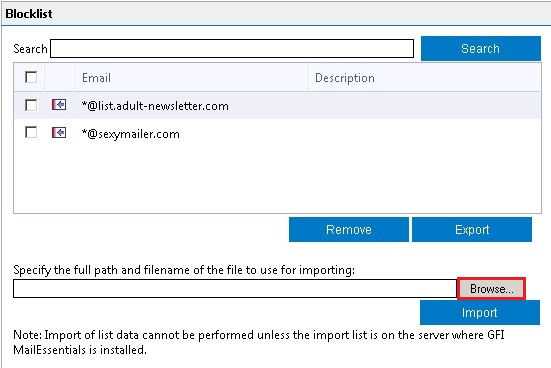

On this rule, the pre-filter policy makes the decision based on the tunnel header and if you want the tunnel’s header to go on the FTD seamlessly, you must add it to the pre-filter policy.

Block and Rest: Blocks the traffic and resets the connection.Monitor: Tracks and logs traffic, but does not count as a match.Trust: Allows without any further deep inspection.Allow: Traffic is allowed if all inspections pass.You can also benefit from several rule actions to consider what to do when there is a match available: SGTs: If you have the Cisco ISE on your network, you can leverage the segmentation for security purposes.Applications: This item inspects the traffic for its destination application.Users: You can limit the traffic based on the user that are come from.Networks: You can allow or block any ingress or egress traffic based on the networks.Zone: You can allow or block any ingress or egress traffic based on the zones on your network such as inside or outside zones.You can also use the following as optional matches: In the FTD individual rules can be placed within the categories for easier and more intuitive management. Security Intelligence Feeds and Actions.You can use the following policies in order to cover different scenarios in your network: In this article we are going to investigate the following Cisco FTD features which can be managed by Cisco FMC and FDM.īasically, Cisco Firepower Threat Defense Access Control Policy is an ACL or Access Control List, which binds all of your policies together. Cisco Secure Firewalls (Formerly Cisco Firepower) are the NGFWs using their powerful built-in Cisco FTD features to provide security along consistency and without speed reduction in the networks. Cisco Secure portfolio is consisted of various range of devices assisting enterprises to provide needed security considerations within their networks.


 0 kommentar(er)
0 kommentar(er)
